
From Robert Capa, Gerda Taro to Danish Siddiqui: The Inventors of International Photojournalism
Among the first to depict modern warfare, Capa and Taro took powerful photographs of the Spanish Civil War that went straight from the devastation to news magazines. Danish Siddiqui, who was killed in Afghanistan this month, was a prolific photojournalist who documented political violence and social unrest. In so doing, they were the “eyes of the world ” and “bearing witness” through technology to bring home tragedies from across the world.
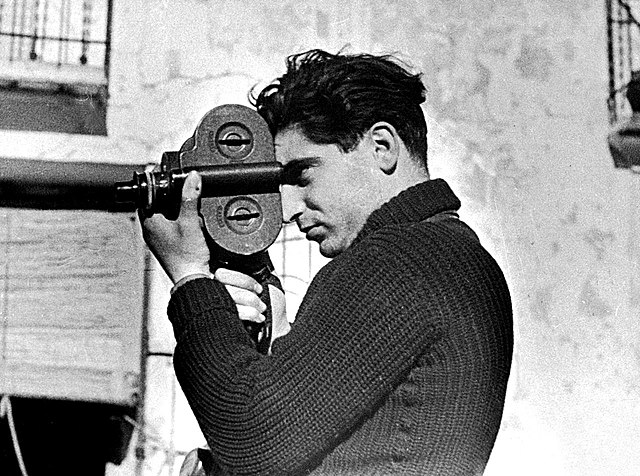


The article on Danish Siddiqui in the New Yorker made me think of the perils involved in being a photojournalist. I realised today how heartbreaking is his story, more moving and urgent than I ever realised.
Each tour through his photographs, each detail in the ups and downs of his survival, each example of his sheer bravery, brought me fresh amazement and grief.
And the same goes for most photojournalists in the line of duty. I know I can never be as courageous and reckless as Capa , Taro and Siddiqui , or any of the other great photographers who have followed. Seeing their photos, I can only be grateful for their willingness to put themselves on the line in pursuit of the story, of the right image. For letting me travel with them, to see all that happened.
They were fearless and canny—and they were most of all young, oh so young. And they brought to me—a way to see and understand my complicated, difficult world.
Photojournalism, an Art
Everyday we consume a lot of pictures. We see them in newspapers, magazines, digital print and, as consumers, we don’t think twice about what we consume. So let’s think twice: after you weed out the garbage, the meat of what we consume is art; art in the form of photojournalism. This art has been around since the dawn of photography. But technology has evolved. Colored photos have replaced black-and-white ones. With the digital revolution, film rolls and the dark room have evaporated. But throughout this evolution of photography, the job of the photojournalist has remained the same: to capture a moment in time, to tell a story without words.
Robert Capa
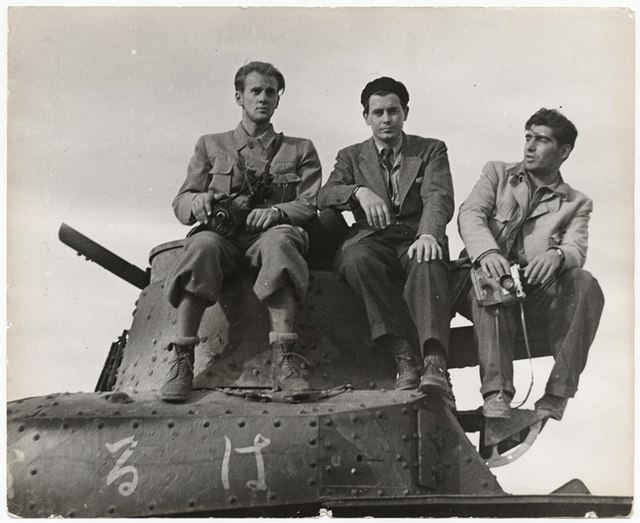
Robert Capa 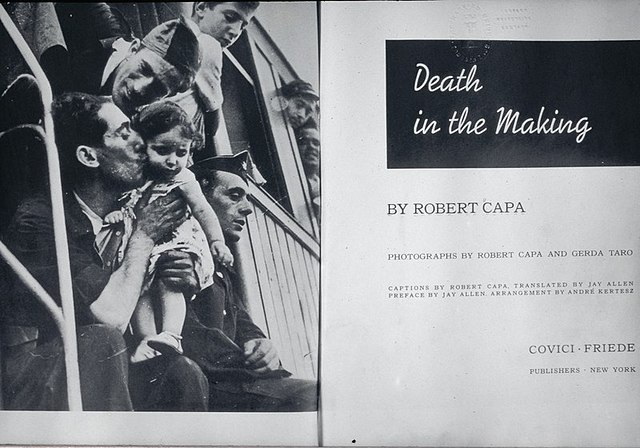
Death in making: Robert Capa and Gerda Taro 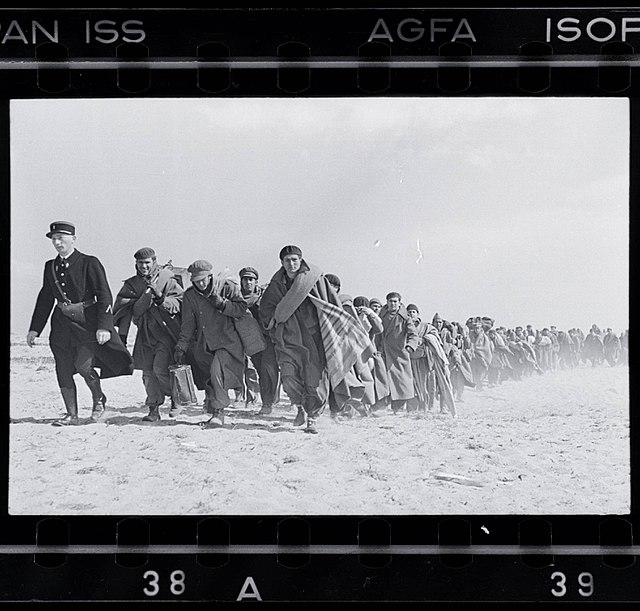
Refugee by Robert Capa 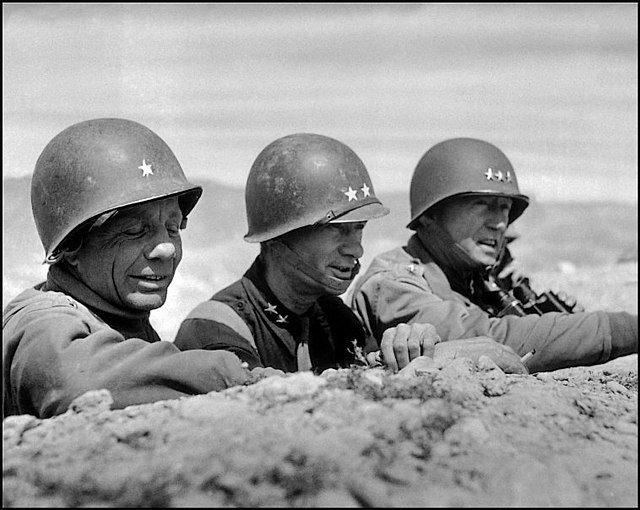
US Generals Theodore Roosevelt Jr., Terry Allen and George Patton: Robert Capa 
Spanish Refugees heading for France by Robert Capa
Capa photographed the first moments of D-Day—the crucial invasion planned by the Allies. For five years, war has raged across Europe. With the attack on Pearl Harbor in 1941, America was drawn in. Capa risks everything to capture the story of World War II, the global fight against fascism. He takes risks all the time—judging; figuring out which missions to go on, which dangers are worth braving, which conflicts magazines will assign him to cover. He has been to Italy during the Allied advance, where he covered nightmarish scenes in Naples.
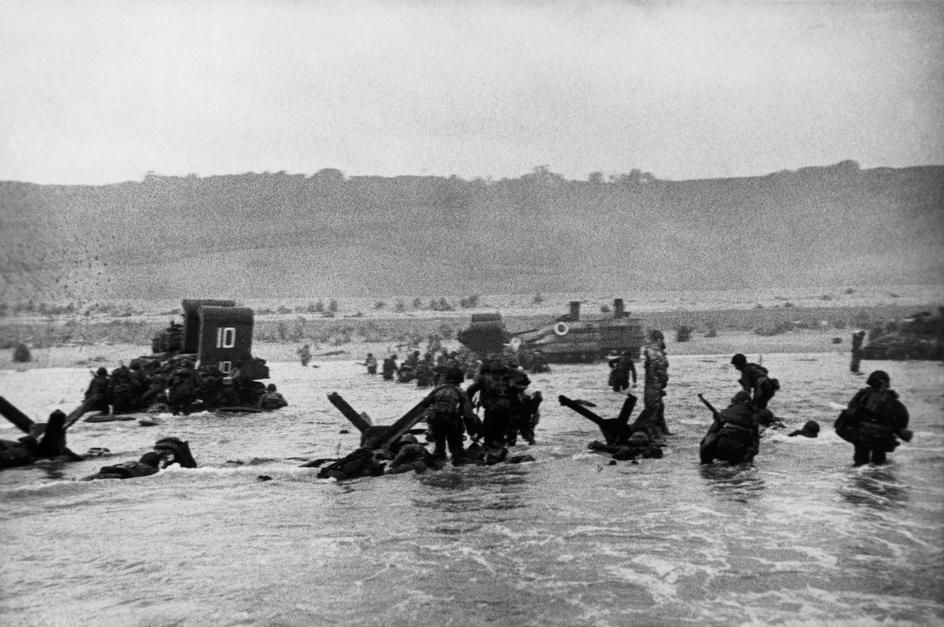

That was Robert Capa: daredevil, gambler, star photographer, storyteller, and a first class journalist. Experts may question the moment-by-moment details of these events. We can never know the full truth. But everyone agrees Capa was astonishingly brave. And yet behind the legend of Robert Capa is a penniless and scruffy young man.
Gerda Taro
As Capa establishes himself, he sees Taro in his future with everything in their life as mingled as the stamp REPORTAGE CAPA & TARO on the backs of their photographs. Taro is his ideal—an equal, determined, sharing the same passions and appetite for adventure and photography.
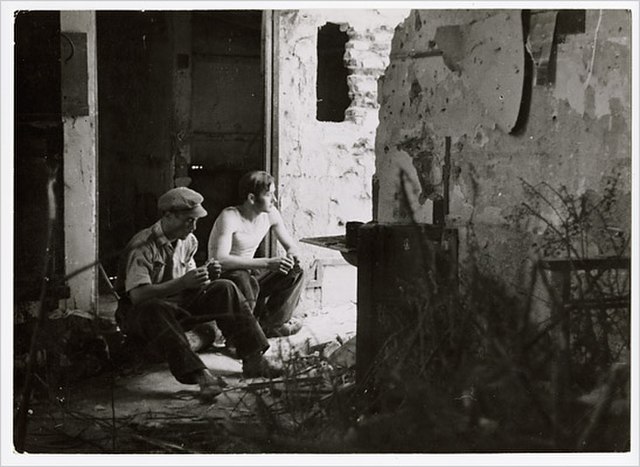


Taro plunges herself into shooting photographs, impressing everyone with her daring, determination, and “great courage.”
Taro, with her bobbed hair, her declaration of independence, is most definitely in the mold of the New Woman. Just as she and Capa reinvented themselves from refugees to photographers with brand-new names, they are also asserting a new kind of modern relationship, one where they depend on each other as equals but can also be free.
“It was terrible,” she recounts to the other journalists. “A hand here. A head there. . . . They were so young. Young Italian boys.”
Taro watches all the bombing runs, clicking away, pressing herself close to the action. She returns at night to Madrid, pale and shaken.One of the many wars she will witness.
Sometime in the spring of 1937 Robert Capa asks Gerda Taro to marry him. For the moment, she says no. She can’t marry with the war in Spain still on.
Marriage—in a conventional sense—is just not on her mind. What could marriage mean for these two, shuttling between Paris and Spain every few weeks, Capa still without a home country or a proper passport? Even with their successes, they are still refugees in a dangerous world shadowed by rising fascism and the threat of global war. Marriage is simply not possible.
Sure enough, by April it is not love calling, but war in Spain.
Defying a ban on journalists travelling to the front, she once again made her way to Brunete with the Canadian journalist Ted Allan, her close friend, travelling companion and soon-to-be lover.
On Sunday 25July, the pair found themselves trapped in a foxhole near Brunete as bombs fell around them relentlessly. Taro kept on photographing, often holding her camera high above her head to capture the carnage. Allan protected her with a film camera as shrapnel and rocks fell around them. Then, as republican troops began pulling out of the area, Taro and Allan ran out of the foxhole and hitched a ride on the running board of a car while the planes continued to strafe the retreating convoy. In the chaos, the car was then rammed by an out-of-control republican tank and the couple were thrown into the dirt. Transported to a nearby field hospital, Taro died from her injuries in the early hours of the following morning. She was 26. The injured Allan did not get to see her again. According to Irene Golden, the nurse who was on duty, her last words were:
“Did they take care of my camera?”
Danish Siddiqui

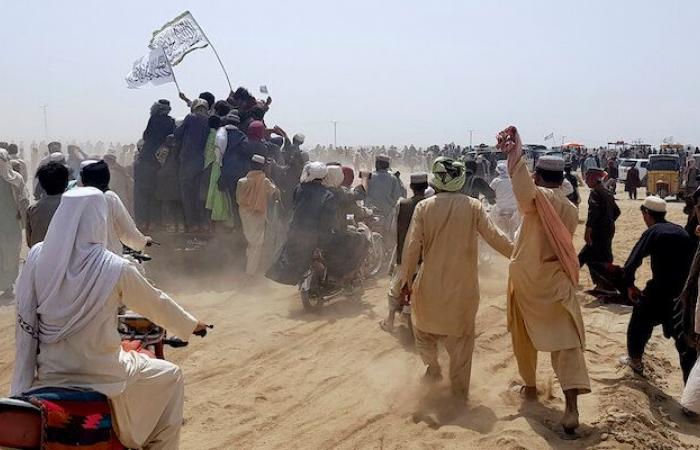
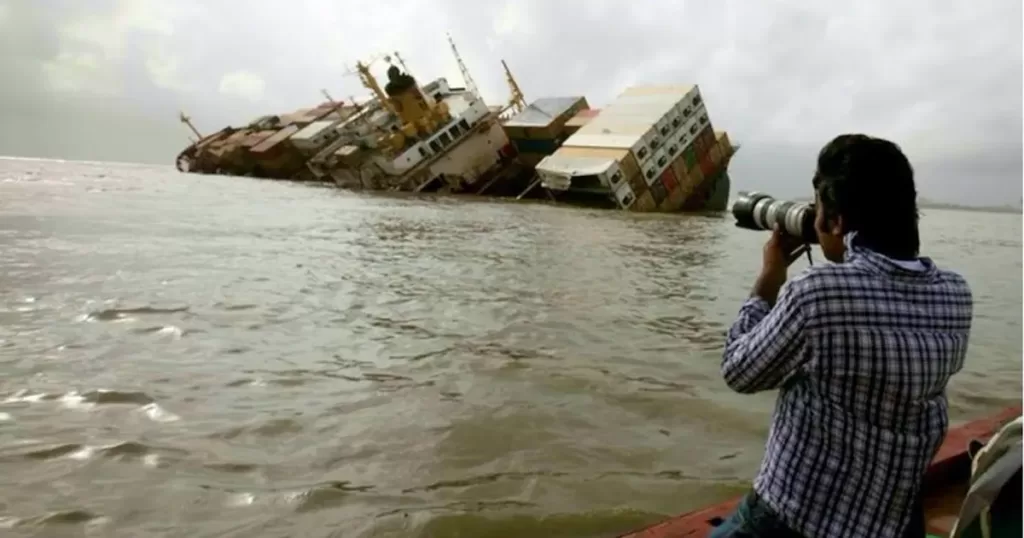
“While I enjoy covering news stories – from business to politics to sports – what I enjoy most is capturing the human face of a breaking story.”
Danish Siddiqui
From witnessing the covid chaos in Indian’s hospitals, graveyards and crematorium to Rohingya refugees crisis, Siddiqui was largely a self-taught photographer who scaled the heights of his profession while documenting wars, riots and human suffering. Danish Siddiqui, the Reuters journalist was killed in crossfire while covering the war in Afghanistan.
He was part of a team that was awarded the Pulitzer Prize for Feature Photography in 2018 for documenting Myanmar’s Rohingya refugee crisis, a series described by the judging committee as “shocking photographs that exposed the world to the violence Rohingya refugees faced in fleeing Myanmar.”
Conclusion
The pictures I saw in Life magazine, was a way of seeing invented by a small band of young photographers decades before, during the Spanish Civil War. Photography was their calling, fusing with the ideals and fervor of their times. It was their legacy that shaped me. And it is a legacy carried forward by people like Danish Siddiqui.
Just as Cappa is climbing back up toward the road, he steps on a land mine and is flung to the ground. His leg is blown off, his chest gouged. Robert Capa is the first journalist killed in the war in Indochina, however will not be the last!
In the magazines of my childhood—Life , Look , National Geographic , The Family of Man catalog—I was seeing versions of Capa and Taro and Siddiqui everywhere.
Disclaimer: All recommendations are impartial and based on user experience, with no bias to the products or the brand. The products in this post may contain affiliate links.
[…] Talking through Pictures: A Guide to Photojournalism […]
[…] like a Pro Philosophical Heart of Middle-earth: Top Quotes~”Lord of the Rings” Talking through Pictures: A Guide to Photojournalism Tamara de Lempicka Revisited: Her 6 Best Masterworks Have You Heard of Tamara de Lempicka? […]